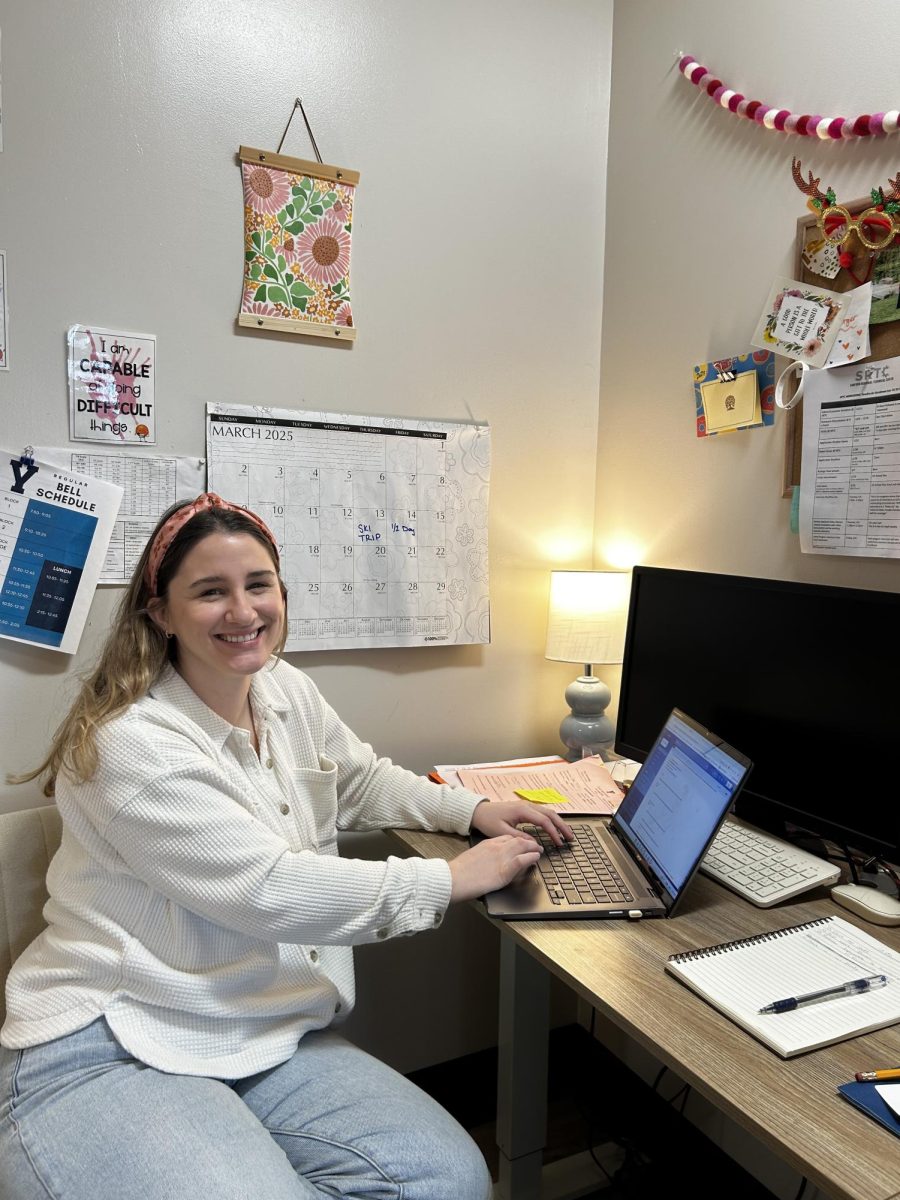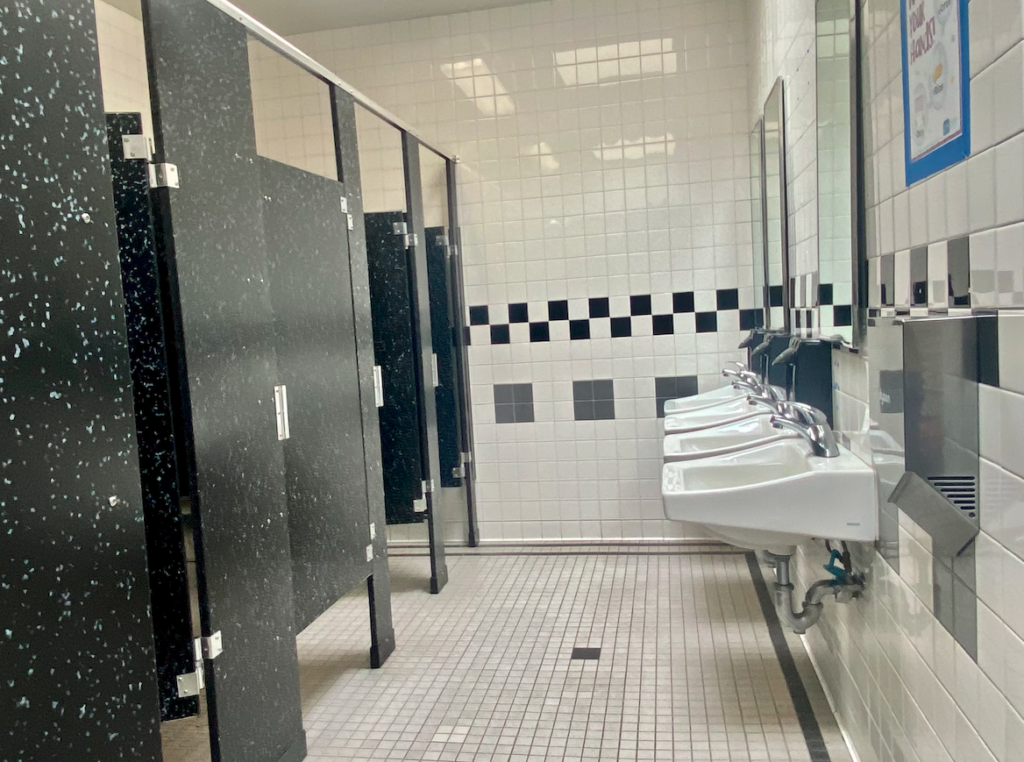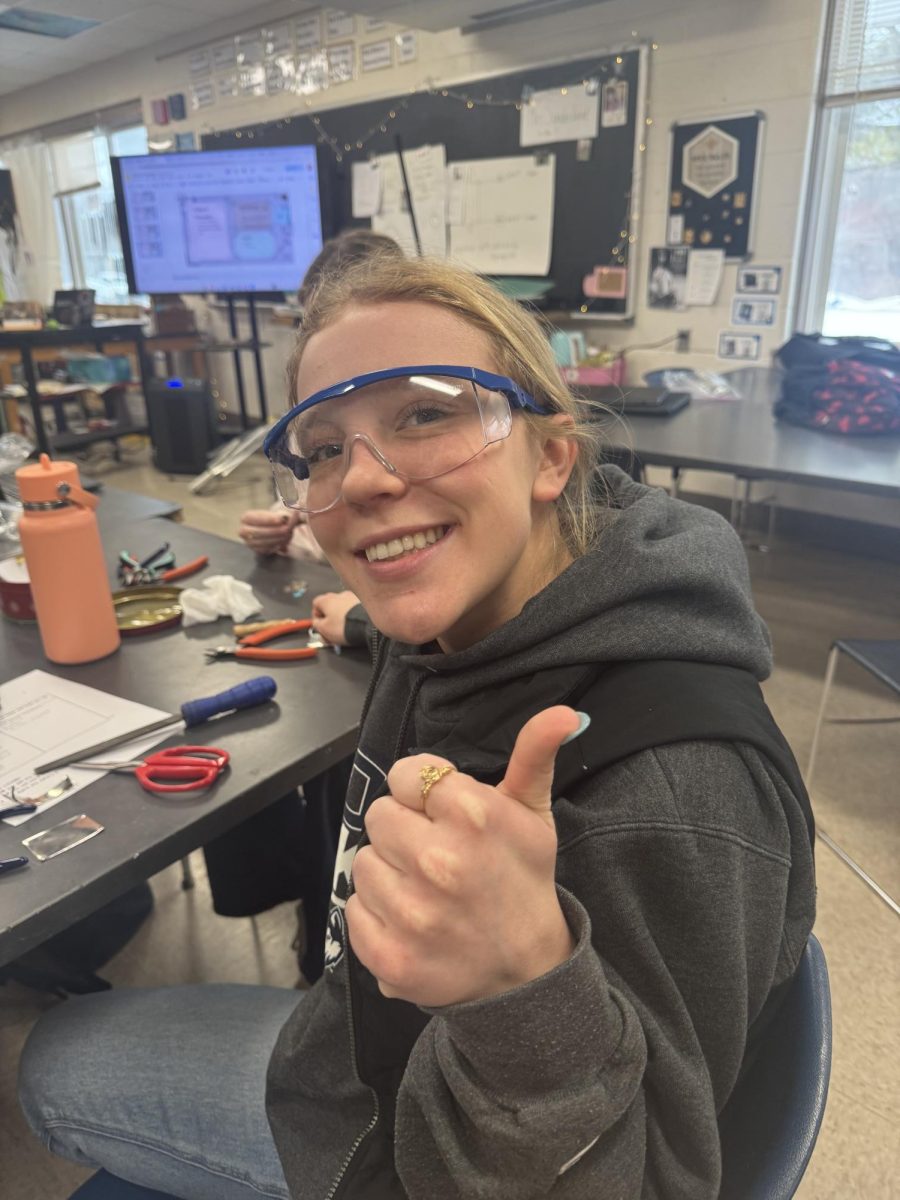On January 27, 2025, at 10:22 AM, a rumble ripped through southern Maine, shaking homes, cars, and schools like York High School. After the initial shake and shock that hit the town, the U.S. Geological Survey mapped it to be a 3.8 magnitude earthquake, 8 miles deep in the crust, with the epicenter just off the shores of York Harbor. The earthquake was felt from Augusta, Maine to Boston, Massachusetts, and even Vermont. On January 29, 2025 the aftershock of this initial quake was felt around 3:15 AM at a magnitude of 2.0. Earthquakes in Maine are exceedingly rare and there is more to unpack about this story.
Since 1975, an average of one 3.0 magnitude earthquake is felt each year and earthquakes with magnitudes of about 3.9 are felt about every 10 to 15 years. The last earthquake in Maine was a magnitude 4.0 was in October 2012. Some faculty and alumni in York still remember this event, but it has faded from collective memory since. Overall, the earthquake felt on January 27 was rare and impactful, but not the largest to befall Maine by a long shot. In 1904, a 5.7 magnitude earthquake shook Maine, with the epicenter just below the Canadian border. There have only been a few earthquakes in the York area in Maine’s history of earthquakes. In 2008, there was a 2.8 magnitude and in 2010 a 2.9 magnitude. These are the only earthquakes before the one on Monday, which highlights how rare this geological occurrence was.
Earthquakes happen when the tectonic plates below the surface of the Earth build up so much energy that it causes them to move along a strike-slip fault, releasing lots of energy. Energy is released in the form of seismic waves that radiate outwards from the epicenter and can be felt from long distances away. The amount of damage caused by the earthquakes is dependent upon its magnitude on the Richter scale and the depth in the earth. The earthquake in York was a relatively minor one but was alarming for the area since York sits in the center of a tectonic plate. The earthquakes tend to only happen where the tectonic plates meet, called fault lines. This rarity was shocking to many Maine citizens and YHS students.
When asked how she felt during the earthquake, senior Chloe Whitbread replied “I had no idea what was going on and what I needed to do. Although it was scary at first, I felt completely fine after.” This was a common sentiment among students as senior Chloe DeLuca echoes “It was scary and I wasn’t sure what was happening. My thoughts never went to an earthquake.” Both reactions demonstrate how many at YHS felt unprepared and confused. It is so rare to have an earthquake in York so it is no wonder people were shocked but it begs the question of if earthquake procedure should be taught in our school. More research needs to be done to see the relationship between the frequency and location of earthquakes with climate change but it should be assumed that schools everywhere should be prepared. More earthquakes like the one last Monday might become more common, therefore everyone needs to be informed and prepared.















